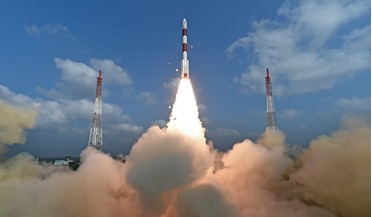 May 2017
India confirms commercial launch intent
May 2017
India confirms commercial launch intent
... sources, show that a SpaceX Falcon 9 launch costs Rs 381 crores; other rockets-a Russian Proton Rs 455 crores; Japan’s H-11A, Chinese Long March, Arianespace Ariane-5 and the American Atlas 5 each cost Rs 6,692 crores. Against...
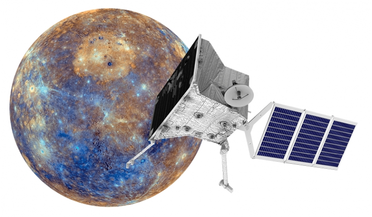 June 2017
Bepi-Colombo will unveil Mercury’s secrets
June 2017
Bepi-Colombo will unveil Mercury’s secrets
... exploration of Mercury, taking over where MESSENGER left off. Once in orbit and using the Usuda 64 m antenna in Japan, the ISAS/JAXA Sagamihara Space Operation Centre, will take over the operation of the MMO. Similarly...
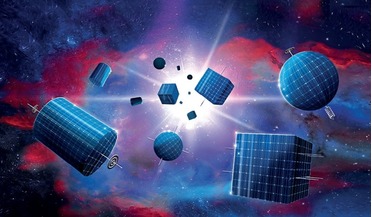 August 2017
Big science from small spacecraft
August 2017
Big science from small spacecraft
...the end of this century, we will probably only visit a handful with larger spacecraft like NEAR Shoemaker, or Japan’s Hayabusa. But nanosats could be sent in large numbers to examine hundreds of asteroids close up within a generation, at a much lower...
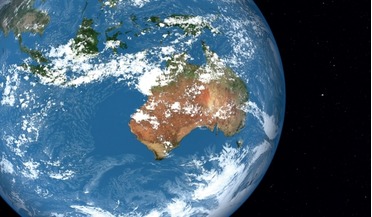 October 2017
Can Australia’s space industry overcome years of political setback?
October 2017
Can Australia’s space industry overcome years of political setback?
...by a complete dependence on other countries’ satellite data, a reliance on China for bush-fire tracking, and Japan for weather data, and by Australia’s space infrastructure being outsourced to foreign companies (Australia’s National Broadband Network...
 November 2017
Preserving Apollo’s lunar legacy
November 2017
Preserving Apollo’s lunar legacy
... that we stand on the threshold of the spacefaring age and that our Moon is about to get very crowded. Japan, China, Russia and the United States all are weighing manned Moon missions within the next...
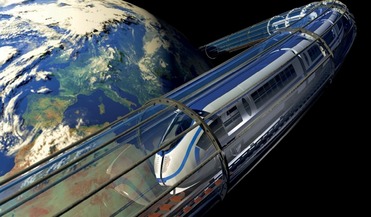 January 2018
Maximising the economic opportunities of deep space
January 2018
Maximising the economic opportunities of deep space
..., and the emergence of private companies, such as Moon Express and Astrobotic, coupled with plans announced by China, Japan and Russia, it is likely the Moon will be a large focus in the near term. Many have argued that...